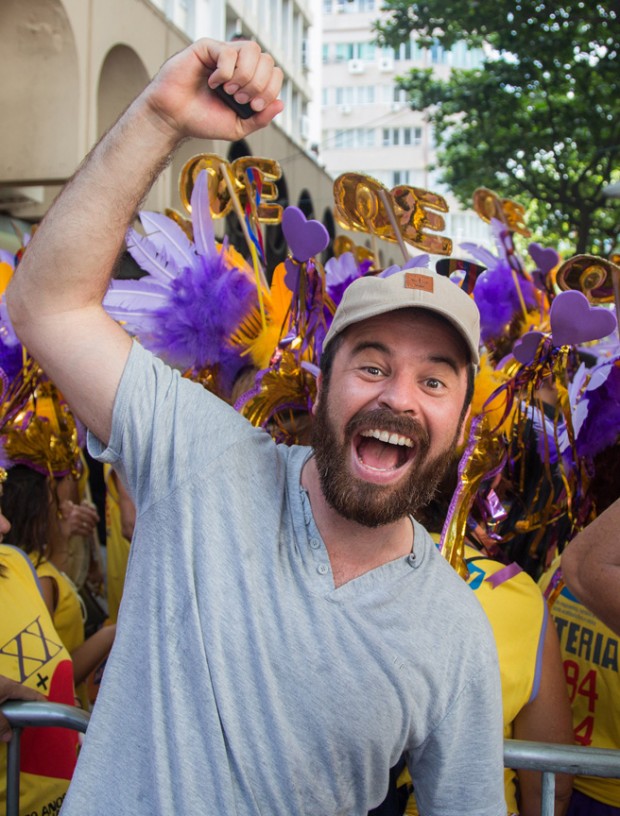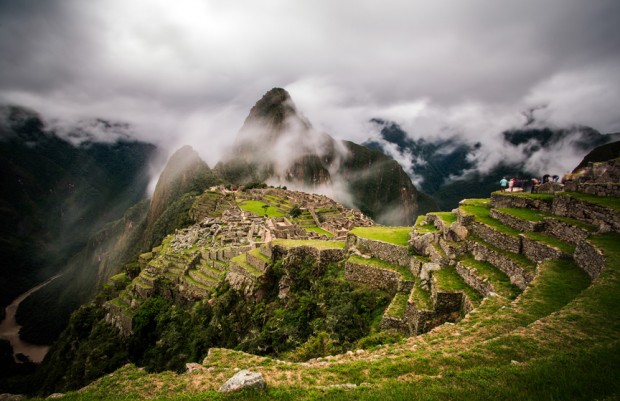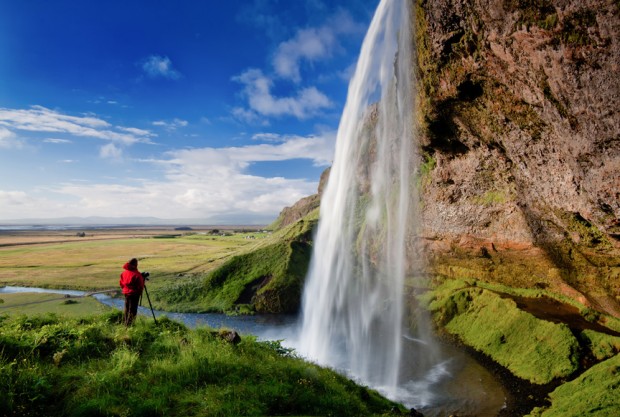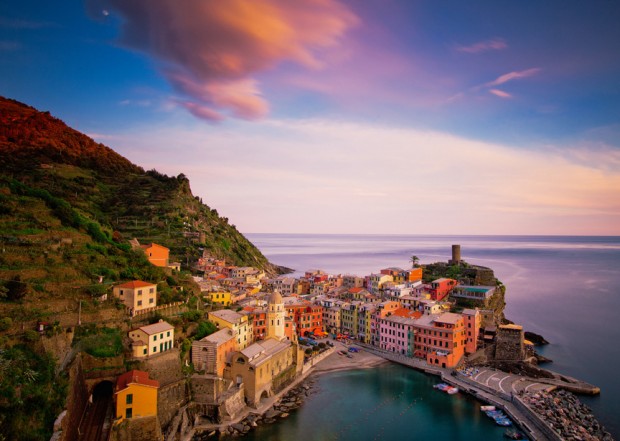The Second Best Job in the World
"Wow, that's a great job, second only to being a Top Gear presenter!" - stranger on a plane after hearing what I do.
I'm a travel photographer. It's a great job title, because it means so much and so little at the same time. It's my best attempt at being mysterious.
More specifically, I make a living by creating imagery of different tourist attractions around the world. The vast majority of my work is commissioned photography which my clients use for advertising and travel guides. I occasionally do features for magazines or commissions for the hospitality market.
At least once a day, someone asks me how I got into travel photography as a profession. This is often followed up with, "Where did you go to college?" Let me deal with the 2nd part first. I have no photography related education. Instead, I did a 10 year â˜on the job' training session which taught me 3 key traits of a travel photographer:
1. Love Photography and Love Travel
Travel photography is not the same as holiday photography. I go away for months at a time, working 12 hour days without a day off. Under these conditions, I get a bit blas© about travel. On days like this, I stay motivated by challenging myself to create a good picture even when the subject matter doesn't interest me. The craft motivates me.
The converse is also true. There are days when my back is aching from carrying gear and I don’t even want to look at a camera, but I’m so awed by the scene in front of me that I'm compelled to photograph it.
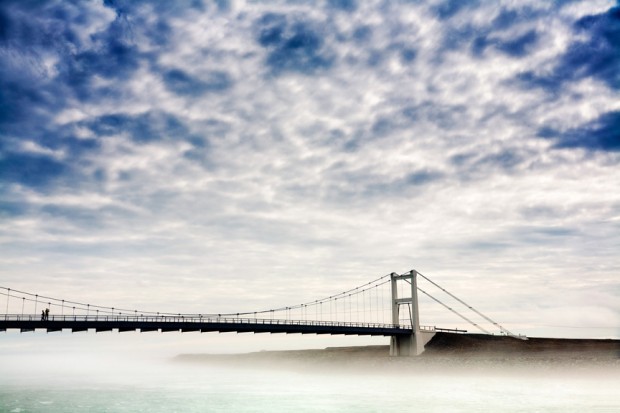
Bridge over J¶kuls¡rl³n, Iceland
2. Solve Problems Quickly
My schedule during a shoot is packed tight. There are no opportunities for reshoots. A myriad of different problems can derail a shoot and when you consider the expense that goes into producing a shoot; it can be career ending.
Almost daily, I face the access problem, even though I have official permission. How am I supposed to get interior images when no photography is allowed or smooth video shots when they don't allow tripods? Another problem is weather and light related. I don’t have the luxury of waiting for perfect conditions; I’m expected to make good images in all conditions. Additionally, almost every trip is plagued by flight cancelations and visa issues.
The most serious problems are health related. If you or your family member gets injured or sick, where are the local hospitals and will they help you (in Corfu they did, in Geneva, three different places turned us away). This can get serious very quickly when you're in a foreign country with an unfamiliar language and culture.
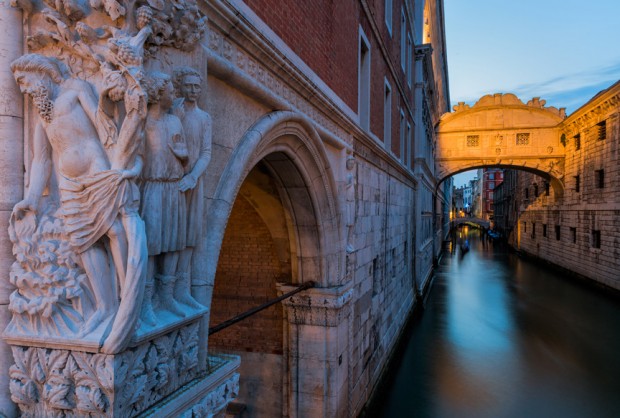
Doge’s Palace and the Bridge of Sighs, Venice, Italy
3. Emotional Stability
Imagine two months away from friends and family, with a constant lack of sleep, a physically draining workload and no conversation. Couple this with the highs of tasting the perfect meal, seeing the most breathtaking landscape or witnessing light that seems unbelievable. Travel photography explores some of the highest and lowest of human emotion.
I consider myself to have an even temperament, mostly in control of my emotions, but there are days when I am severely tested. Long after I’ve recovered physically from a trip, I still feel the remnants of the emotional roller coaster that is travel photography.
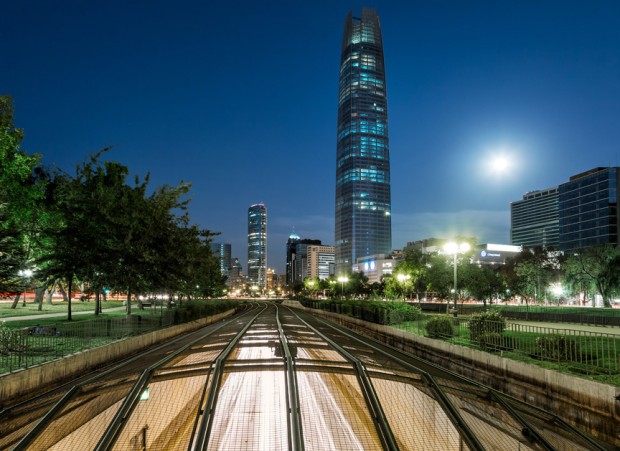
The Gran Torre Santiago, the tallest building in South America in Santiago, Chile
Defining Travel Photography
My interest in photography began with landscapes. I was part of a community of landscape photographers, exploring South Africa beyond Table Mountain. This was about 10 years ago, before every photographer had their own website. A designer friend put a website together for me and I marketed myself as a travel photographer. This surprised the community and one of them asked me about it.
“Of course I’m marketing myself as a travel photographer, how else am I going to get someone to pay me to shoot landscapes?” The community approached landscape photography with a view of creating fine art. My approach was to show a beautiful landscape to motivate others to travel to see it.
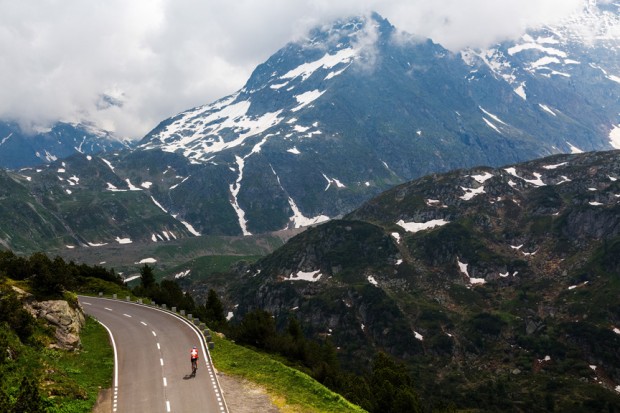
Cycling in the Alps, Switzerland
Many photographers in the community continued to evolve as landscape artists, far surpassing what I can do. Some are now exceptional photographers working as full time landscape photographers. I followed a different path. I realized that I was more interested in sharing a travel experience than creating beautiful landscape imagery.
I worked out that travel photography is created with the intention of causing interest in a specific destination. By that definition many photographic genres can also be travel photography if the photography highlights the interesting aspects of a destination.

Oludeniz – a beach and lagoon in Turkey
Finding the Intermediate Career
After my website went live, nothing happened. No one discovered me and I was in the exact same situation as before, only with the added expense of web hosting.
It wasn’t a pointless endeavour however; having a portfolio online showed me some glaring weaknesses in my work. The most obvious was that as a travel photographer I hadn’t done much travelling.
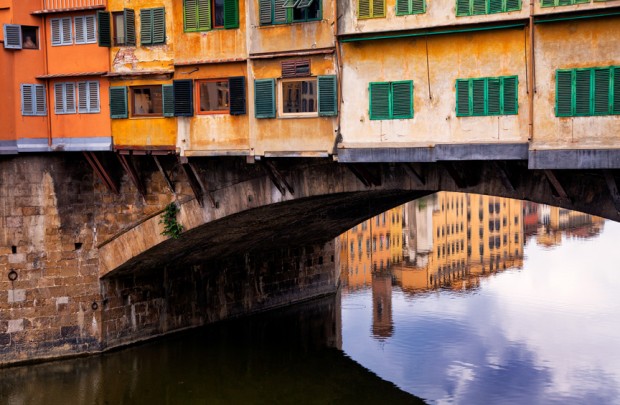
The Ponte Vecchio, Florence, Italy
At the time, I was working as a business analyst for a bank, with 15 days of annual leave. I used this time and every long weekend available to explore and photograph South Africa, but it was never enough.
To get more travel time, I took an opportunity to become a teacher. Having this intermediate career, one that provided both a steady income and time to travel was crucial in my transition to full time photographer. My salary was cut in half, but I now had almost 3 months of travel time every year.
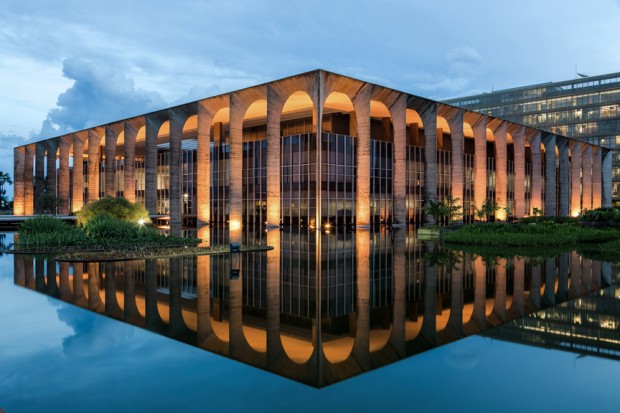
Itamaraty Palace in Brasilia, Brazil
Developing Style
One thing that I didn’t have was immediate access to an international airport. In trying to decide between Cape Town or Durban, somehow London won so my wife and I moved to a new continent.
I was 26 and had never seen anything outside of Africa. Just being in London left me in awe. When I started travelling through Europe, I was like a child in Disney Land – wide eyed and full of wonder.
During these trips into Europe, I began to appreciate connecting emotionally to locations. I was a better photographer when I worked out of a sense of wonder. My style evolved to where my objective was creating imagery that captured my sense of wonder and awe. My photography started to show my emotional attachment to the location.
Finding an Audience
For my photography, moving to London was the best move I could have made but it had an adverse effect on my confidence. I was the only travel photographer in my home town. London has enough travel photographers to populate my home town. Not only is London a huge city, it is also an art and design capital with a magnetic pull on creatives.
My lack of confidence meant that I didn’t follow the traditional path of contacting art directors to show my work. I fully believed that if I kept working on my travel photography and posted the work online, someone would notice.
In a world where millions have access to your photography, if you photograph something that genuinely interests you, someone else is bound to be interested in your work.
My online outlet was Flickr through which Getty offered to sell my images. It took awhile, but eventually I was making enough money through travel stock to fund my travels. After seven years of paying to be a travel photographer, I was making enough from photography to cover my costs.
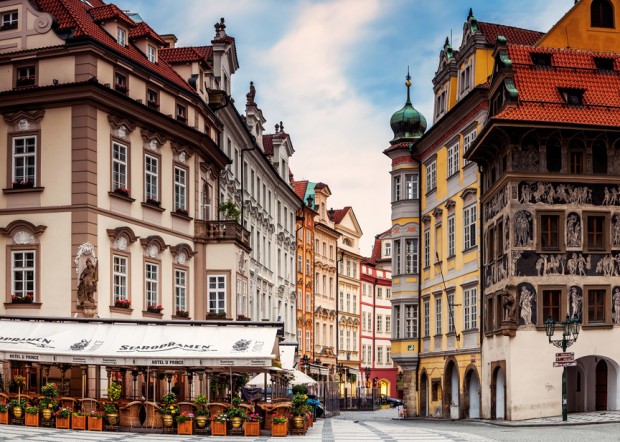
Prague Old Town, the Czech Republic
Making the Most of Opportunity
I had a series of small, one-off shoots through my online presence, but nothing significant. When I received an email through flickr at 3am from someone offering to send me around the world to take photos, I wrote it off as spam. The next day, I wondered about the email and fortunately I followed it up.
The message had come from an agency that produces media for major travel companies. They asked if I could do a trial shoot around London. This happened to be in my school holiday period, so despite them paying for two days of work, I did about 6. I’m not the most talented photographer, so I make up for this with hard work and I wanted to grab this opportunity.
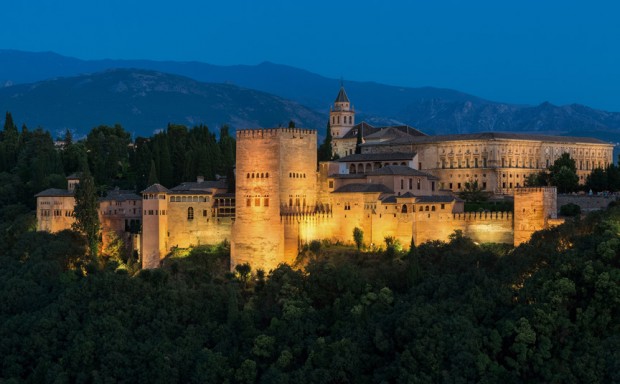
The Alhambra in Granada, Spain
The agency was happy with my trial shoot and enquired about my availability for future shoots. I gave them all my holiday time.
After a few months of not hearing anything, I received an email asking if I had time to go to Amsterdam and Prague. I had flown back that morning from a 20 day trip in Turkey and had one week of holiday remaining before school began. My bag was still packed, so I left for Amsterdam that afternoon with no production time.
Once again, I over-delivered, working from sunrise (5am) to sunset (10pm) without breaking for lunch. I did the week of work, arrived back home at 1am and started school at 7am. I'm quite sure I was a lousy teacher that day.
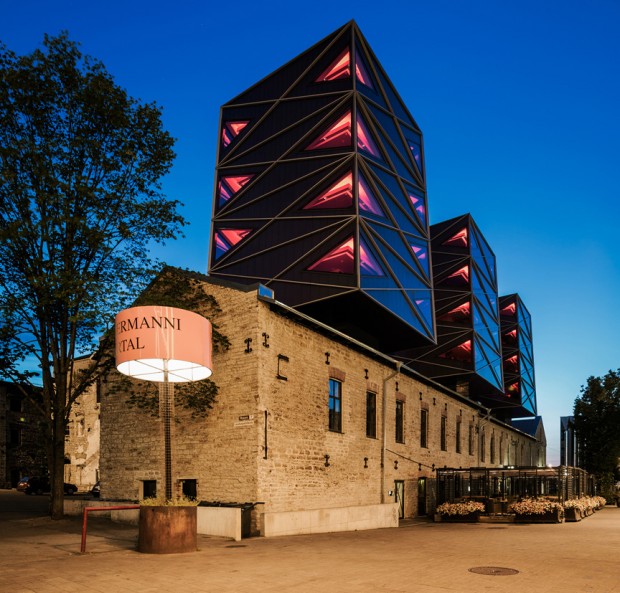
The Rotterman Quarter in Tallinn, Estonia
Being Dependable is More Important than Having Talent
The shoot went well and the agency were happy enough to commission a follow up shoot in Berlin-this time with all the permission and access arranged in advance.
Through conversation with the agency, I realized that other photographers had spent too much time trying to create the "hero" shot. This meant that they were not able to fully cover the brief. In addition to working hard, I made it a goal of mine to be dependable.
Imagine you're an art buyer looking to commission a photographer. Do you hire the uber talented but erratic photographer or the photographer that consistently delivers? Every time I did a job for the agency, I endeavoured to be the second photographer.
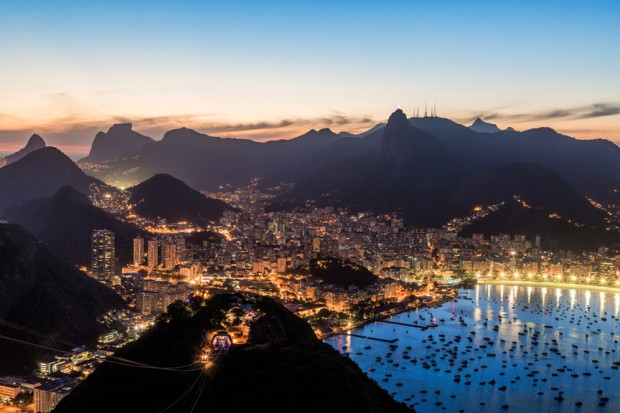
Sugarloaf Mountain, Rio de Janero, Brazil
Becoming a Full Time Photographer
After two years of giving this agency all my holiday time, they asked me how they could get more of my time. I hadn’t told them I was a teacher, they assumed I was a busy photographer.
I calculated my annual expenses and my desired income which gave me a figure which I could convert into working days. I told them if they could give me 100 days of work a year, I would take it. They agreed and gave me about 200 days and I resigned as a teacher.
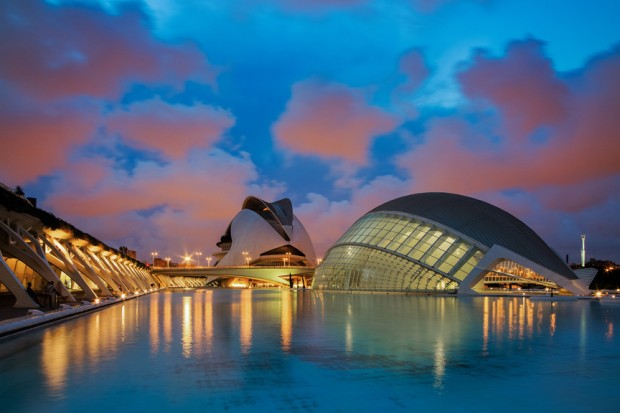
The City of Arts and Science in Valencia, Spain
A Short Answer
So to get back to the question, how did I get into travel photography, my short answer is:
Travel as much as you can on your own budget, putting your work out for the general public. If and when an opportunity arises, do everything it takes to grasp it. In my case, it took 10 years.
What happens if an opportunity never arises? In the worst case, you will have travelled the world, had life changing experiences and created stories worth telling with photographs to prove it.
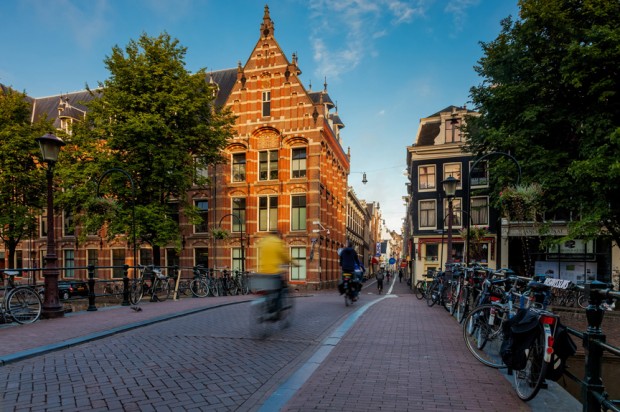
Cycling in Amsterdam, The Netherlands
A sexier option is to resign from your day job, take out a loan to buy gear and an around-the-world trip. Immerse yourself in travel for a year and then hit up as many art buyers as you can with your portfolio. That is the romantic, quick way for breaking into travel photography.
In my opinion, the first option, the one that requires patience and time, creates a sense of gratitude which leads longevity. Every photographer that I know that is still a working photographer took some version of my story - the drawn out approach.
Finally, if you’re still reading and your still up for being a travel photographer, congratulations on your career choice. It’s the second best job in the world. If you have any questions, leave a comment and I’ll answer you as soon as I can!
You can see more of Jon’s work at NomadicVision.com, and follow him on Facebook, Twitter, Flickr, Tumblr, and Instagram.



